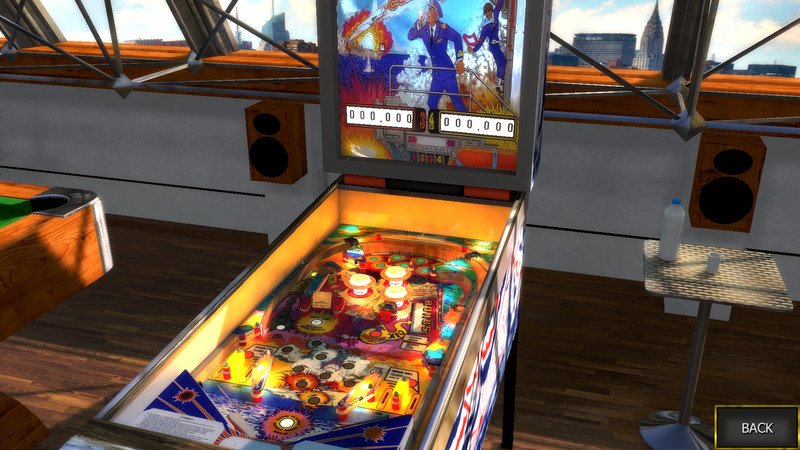

This signal is normally LOW, and there will be a brief There is a short delay (less than one second), then the board should boot up.įor testing, put a logic probe on TP6 (RESET). Power the CPU board so I can connect a display and see what is going on. For this reason, I normally get the Power Supply board working first, then use that to Game ROMs, and no display, the various test points are the only indication that the board is doingĪnything. Primarily useful when working with Leon's test ROM and his associated test indication LED. There is no on-board indication that the CPU is running when the power is turned on. Test points, if you are using aligator or spring clips to supply power and Gnd connections, it is oftenĮasier to connect them to the test points than to the connector pins. Since these games have an unusual connector, and decent sized loops on the See as a connector reference to verify your power supply's voltages against. In case it is not using the "standard" wire colours. Check your power supply for these voltages, just +12V (usually a yellow wire) to CN7 pin 4 (or TP2),Īnd +5V (usually a red wire) to pin 5 (or TP3). 5V (usually a white wire, sometimes yellow) to CN7 pin 6 (or TP5), Use one of the motherboard connections to supply Gnd (usually a black wire) to CN7 pin 2 (or TP4), These does make it a bit more difficult to do this than on some other games. has several documents on it on doing this.

The displays need high voltage (approximately 170VDC), but the rest of the boards only need +5V, -5V, +12V, and Ground.
#Zaccaria pinball cracked obb Pc
To make it easier to work on these boards on the workbench, instead of having to put them in a game to test them, it is possible to use a standard PC power supply and a few test jigs to test and diagnose them. Diagnostics and Repairs for 1st Generation Boards


 0 kommentar(er)
0 kommentar(er)
